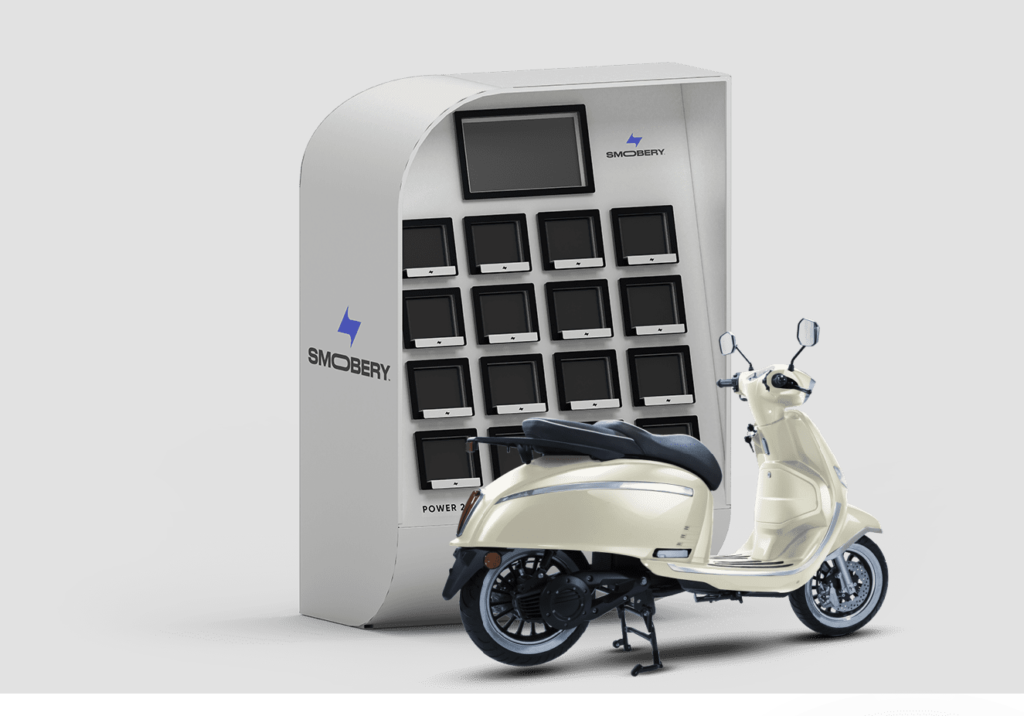In a constantly changing world, energy sources and storage systems become increasingly relevant. With the increase in energy demand, it is necessary to find effective and sustainable solutions to meet the needs of society. In this sense, battery stations have become a popular option for energy storage and supply.
Battery exchange or swapping stations, also known as energy storage systems, are an emerging technology that allows the storage and release of electrical energy.
These systems are capable of storing the energy produced by renewable sources, such as solar or wind energy, and releasing it when it is needed. This is especially important for renewable energies, since these sources are not constant, and the energy produced depends on factors such as sunlight or the force of the wind.
The battery stations are made up of lithium-ion batteries, which have a high energy density and a long service life. Furthermore, they are capable of providing a large amount of power in a short period of time, making them ideal for use in energy storage systems.
Battery swapping is an emerging technology with great potential to improve energy efficiency and reduce energy costs, and it is now being implemented in Europe for electric motorcycles.
We say in Europe, because until recently, it was the Asian continent that dominated the world market in terms of battery stations for two-wheeled vehicles, with India and China being the main players.
What advantages does battery swapping offer the electric motorcycle sector?
One of the main advantages of electric motorcycles is that they do not emit greenhouse gases, which makes them ideal for sustainable mobility. However, the autonomy of these motorcycles continues to be a major limitation.
That is where battery stations for electric motorcycles come into play.
These charging points for electric motorcycles allow users to quickly swap dead batteries for fully charged ones in a matter of minutes.
What does this mean? That drivers of these vehicles do not have to worry about running out of charge on the road and can enjoy a more comfortable and safer driving experience.
Additionally, electric motorcycle battery stations are especially useful for riders who need to travel long distances, as they can swap batteries on the go and keep going without worrying about finding a plug to charge the motorcycle.
Another advantage of electric motorcycle battery stations is that they can help balance the supply and demand of electric power. By allowing charging and sharing of batteries at stations, the load on the power grid can be reduced, which in turn can reduce the need to build new power plants or upgrade existing infrastructure.
In other words? It means significant savings in energy costs and greater energy efficiency.
As if that weren’t enough, electric motorcycle battery stations can also provide emergency power in the event of a blackout or power interruption. Meaning, with the ability to swap batteries at charging stations, drivers can quickly access fully charged backup batteries to continue their journey, even in the event of a blackout or power outage.
Battery stations also offer the possibility of reducing the company’s environmental impact. Charging batteries optimally and in a controlled environment helps extend battery life and therefore reduce the number of batteries that need to be purchased and disposed of. Also, as we noted earlier, some battery stations can use renewable energy, such as solar panels, which helps reduce the company’s carbon footprint.
When it comes to safety, battery stations are a much safer solution than traditional battery charges. Charging batteries in a controlled and safe environment can help prevent battery-related accidents, such as explosions or fires. In addition, modern battery stations are often equipped with additional safety features, such as ventilation systems and protection against overloads or fire-fighting measures, further minimizing the risks associated with charging batteries.
As the world moves towards more sustainable energy sources and looks to reduce greenhouse gas emissions, battery stations can play an important role in the transition to a low carbon economy. By enabling the integration of renewable energy, such as solar, into the electrical grid, battery stations can increase grid resilience and stability, reduce reliance on fossil fuels, and help meet clean energy goals.
Additionally, as technology continues to develop, the cost of batteries is expected to decrease and their capacity to increase, making them even more attractive for use in a variety of power applications.
Will 2023 be the year of electric motorcycles? From Smobery we are convinced that it is.


Leave a Reply